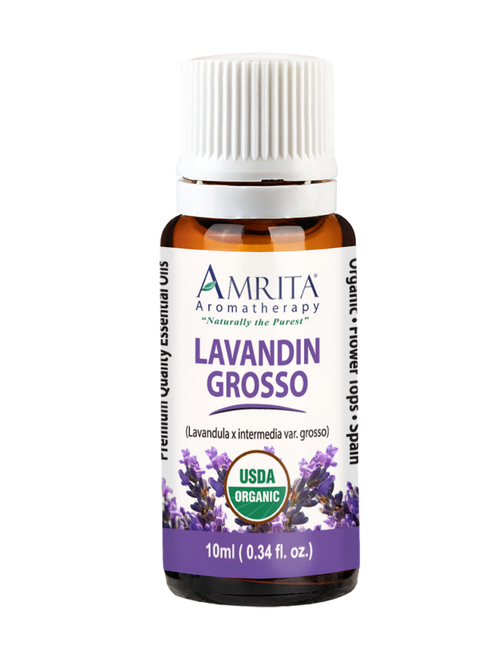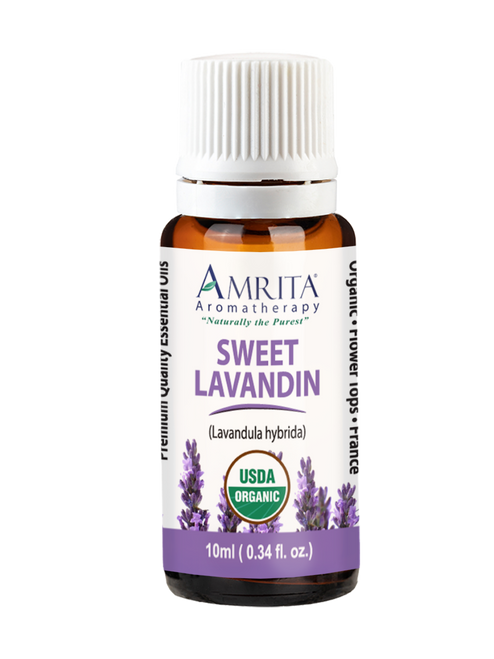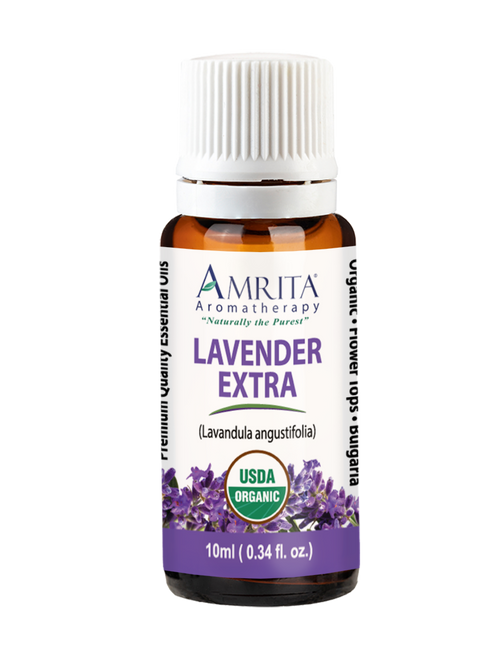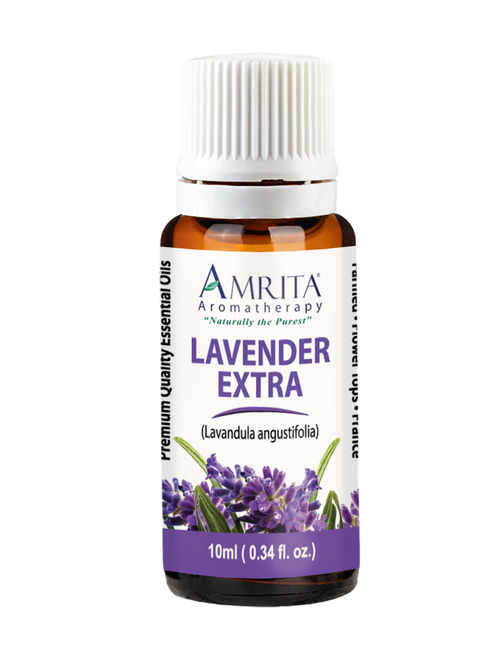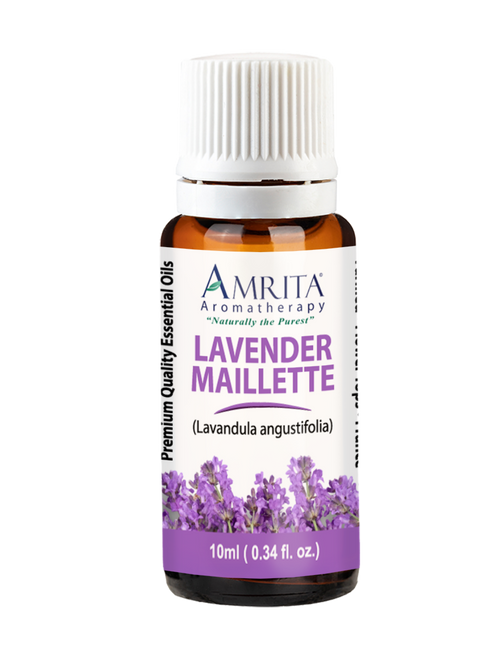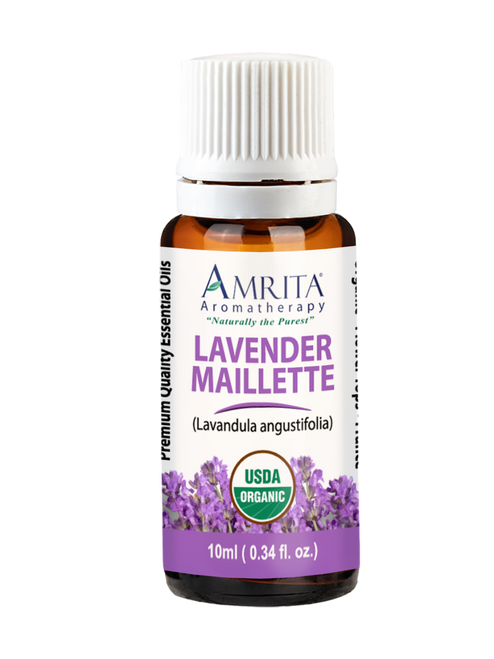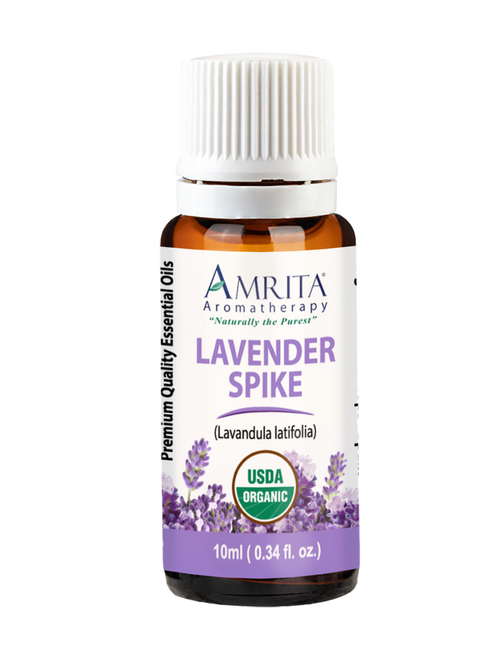-
Useful Essential Oils
Which essential oils are effective in treating fibromyalgia?
The following essential oils have traditionally been used for fibromyalgia:- Clary Sage – Dilute 3-5% in jojoba or hazelnut oil (15-20 drops per tablespoon) and gently apply on affected areas.
- Lavender – Dilute 3-5% in any carrier oil (15-20 drops per tablespoon) and gently apply on sore muscles.
- Sweet Marjoram – Dilute 2% in any carrier oil (10 drops per tablespoon) and gently apply on tense muscles or dilute and add to an aromatic bath.
- Roman Chamomile – Dilute 5-10% in jojoba or hazelnut oil (25-50 drops per tablespoon) and gently apply on painful areas.
For temporary alleviation of the other symptoms:
- Fatigue – See essential oils for energy and vitality.
- Depression – See essential oils for depression or try Stress Free Roll-On Relief.
- Anxiety – See essential oils for anxiety or try Anxiety Free Roll-On Relief.
- Sleep disorders – See essential oils for sleep disorders or try Deep Rest Roll-On Relief.
- Brain fog – Try Mental Energizer Roll-On Relief.
You may also find our blog Fibromyalgia: Ignore The Pain And Carry On As Normal? interesting and useful.Learn more about aromatherapy or see our how to use essential oil videos.
-
About The Condition
What is fibromyalgia?
Fibromyalgia (FM or FMS) is a condition that causes sufferers to experience chronic widespread musculoskeletal pain and an increased and painful response to pressure. Sometimes, it is accompanied by stiffness of the joints, increased fatigue and disturbed sleep, moodiness and memory recall issues. At times, it can lead to anxiety and depression. It seems to amplify the way the brain reacts to and processes pain signals.
The term “fibromyalgia” is coined from the Latin term for fibrous tissue "fibro" and the Greek terms for muscle "myo" and pain " algia".
The condition is more common in women than in men.
Although it can cause severe pain like arthritis, it isn't considered a true form of arthritis because it doesn't cause inflammation or damage to the joints and other tissues.
What causes fibromyalgia?
Sometimes fibromyalgia develops after surgery or an illness, but in other cases it can occur without any trigger. The cause remains unknown. However, there is speculation that there could be a genetic factor.
-
Other Treatments
What are conventional medical treatments for fibromyalgia?
It can be difficult to diagnose as there are no standard tests for it and it presents symptoms that are common with a number of other conditions. It can also be difficult to find a doctor or specialist who knows how to treat it. If you have had widespread pain for more than 3 months that can't be attributed to another disease, then you may have it.There are only a few medications specifically approved for treating its symptoms and there is no cure. Duloxetine was originally designed to treat depression and Milnacipran is similar to depression medications. Milnacipran was approved to be used for fibromyalgia in the US but not in Europe. The other one, Pregaballin, was designed to treat pain caused by damage to the nerves. It is an anti-convulsant, or anti-seizure drug. Of course, like all medications, they do have side effects.
Some doctors also prescribe analgesics (painkillers) and/or Nonsteroidal Anti-Inflammatory Drugs (NSAIDs) even though inflammation is not a symptom of fibromyalgia.
What are alternative treatments for fibromyalgia?
There is some evidence that some forms of exercise, such as cardiovascular exercise, improves fitness and may reduce pain and sleep disturbances in some fibromyalgia sufferers. Some have found training in a warm pool useful. Some have found massage, Pilates, Feldenkrais, chiropractic treatments and acupuncture beneficial. Others have found symptoms reduce when using various diets, herbs and dietary supplements. But research on most of these is yet to be conducted.
Of course, essential oils traditionally have also been used for fibromyalgia. For more information, see the Useful Essential Oils tab.






